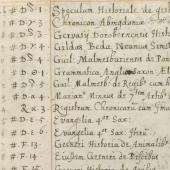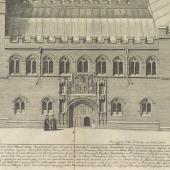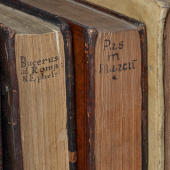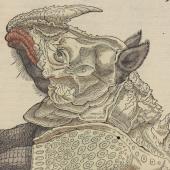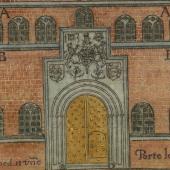Two mean rooms of moderate size
His royal favour
The late seventeenth-century Public Library (as it was known, to distinguish it from the college libraries for their own members) held some 16,000 volumes of books and manuscripts, housed in two rooms in the central University building now known as the Old Schools. The German scholar and bibliophile Zacharias Conrad von Uffenbach, on visiting the city in 1710, dismissed the library as ‘very ill arranged, in utter confusion’ and complained that nothing a reader wanted to consult could be found, as there was no full catalogue.
The Library had relied on donors for the majority of its earlier collections, with significant benefactors including Chancellor of England Thomas Rotherham (1475), Archbishop of Canterbury Matthew Parker (1574), and Yeoman of the Robes Tobias Rustat, who gave the Library’s first financial endowment (1667). The collections were housed in the Libraria minor, initially the location for Rotherham’s donation, and the adjoining Libraria magna, or Libraria communis. The physical accommodation remained essentially unchanged from the fifteenth century until the arrival of Moore’s collection in 1715; Queen Anne’s 1710 Statute for the Encouragement of Learning (known informally as the Copyright Act) had not yet brought any significant number of new holdings.
